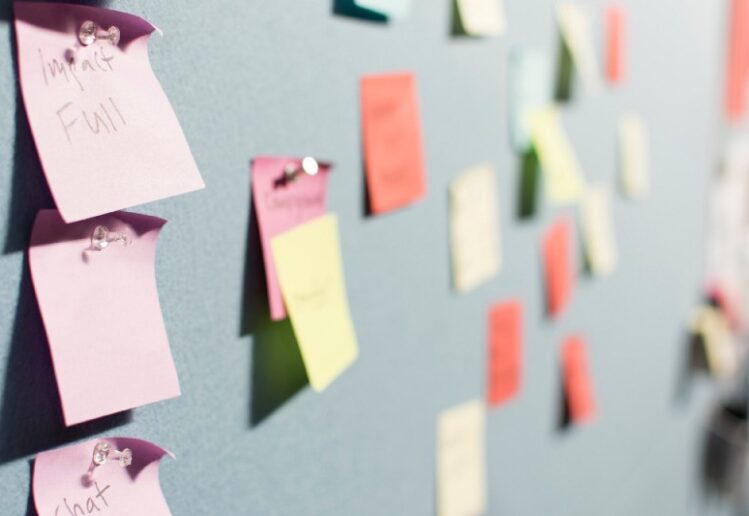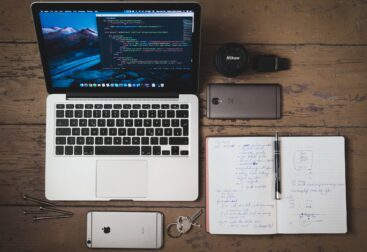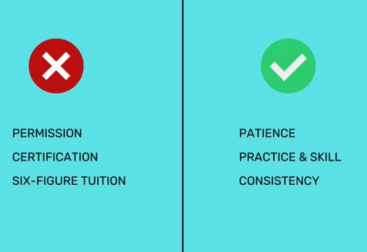Are you convinced that you’re not a creative person? If so, it might be time to challenge this self-limiting belief. I used to think I wasn’t creative either. Growing up, I excelled in analytical subjects but struggled with any kind of art. I thought I had no creative talent whatsoever.
Over the last few months, I’ve come to realise that creativity isn’t something you’re born with — it’s a skill that can be developed and nurtured. One powerful way to do this is by embracing creative constraints.
Too much freedom?
While having some freedom is important for creativity, we have to find a balance. There are several issues that can arise from having too much creative freedom including:
Lack of focus: Without clear boundaries or constraints, it can be difficult to focus and stay on track. This can lead to aimlessness or a lack of direction, which can inhibit creativity.
Indecision: Too many options can be overwhelming and lead to decision paralysis.
Unclear problems: The first step of solving a problem is identifying it, this is difficult to do without clear boundaries. This can impede creativity and prevent us from finding creative solutions.
Creative constraints
“Constraints aren’t the boundaries of creativity, but the foundation of it,” Brandon Rodriguez
Creative constraints are limitations placed on a creative task or problem-solving process. These can be external, such as time limits or resource constraints, or they can be internal, such as personal goals.
You might be thinking, “Constraints sound like they would stifle creativity, not enhance it.” But the opposite is true. Creative constraints stimulate creativity by forcing you out of your comfort zone and existing thought patterns, leading to more original and unique ideas. They also provide structure and focus, making it easier to make decisions and move forward with your creative work.
Constraints help promote specialization, which leads to increased expertise and creativity. By focusing on a specific area or problem, we can develop a much deeper understanding and come up with more creative solutions.
Not convinced? Just look at the example of Dr Seuss, one of the most beloved children’s authors of all time. His most famous work, The Cat in the Hat, was written using only 250 different words chosen from a first-grade vocabulary list — talk about a creative constraint!
Examples
So, how can you incorporate creative constraints into your own creative process? Here are a few ideas to get you started:
Time: Setting a deadline can help focus your attention and force you to find creative solutions within a specific time frame. Try brainstorming for 25 minutes with the Pomodoro technique
Resource: Working with a limited budget or set of materials can encourage you to think creatively about how to get the most out of what you have.
Rules: Setting specific parameters or guidelines can help narrow your focus and encourage you to think outside the box.
Location: Working within the constraints of a specific space or location.
Language: Removing jargon and using simple language can help you understand a topic at a deeper level.
It’s important to note that the right kind of constraints will depend on the specific task or problem you are trying to solve. Experiment with different types of constraints to see what works best for you.
Conclusion
So if you want to be more creative, don’t wait for inspiration to strike. Don’t be afraid to experiment with different types of constraints to see what works best for you. Embrace your limitations and unlock your full creative potential!






